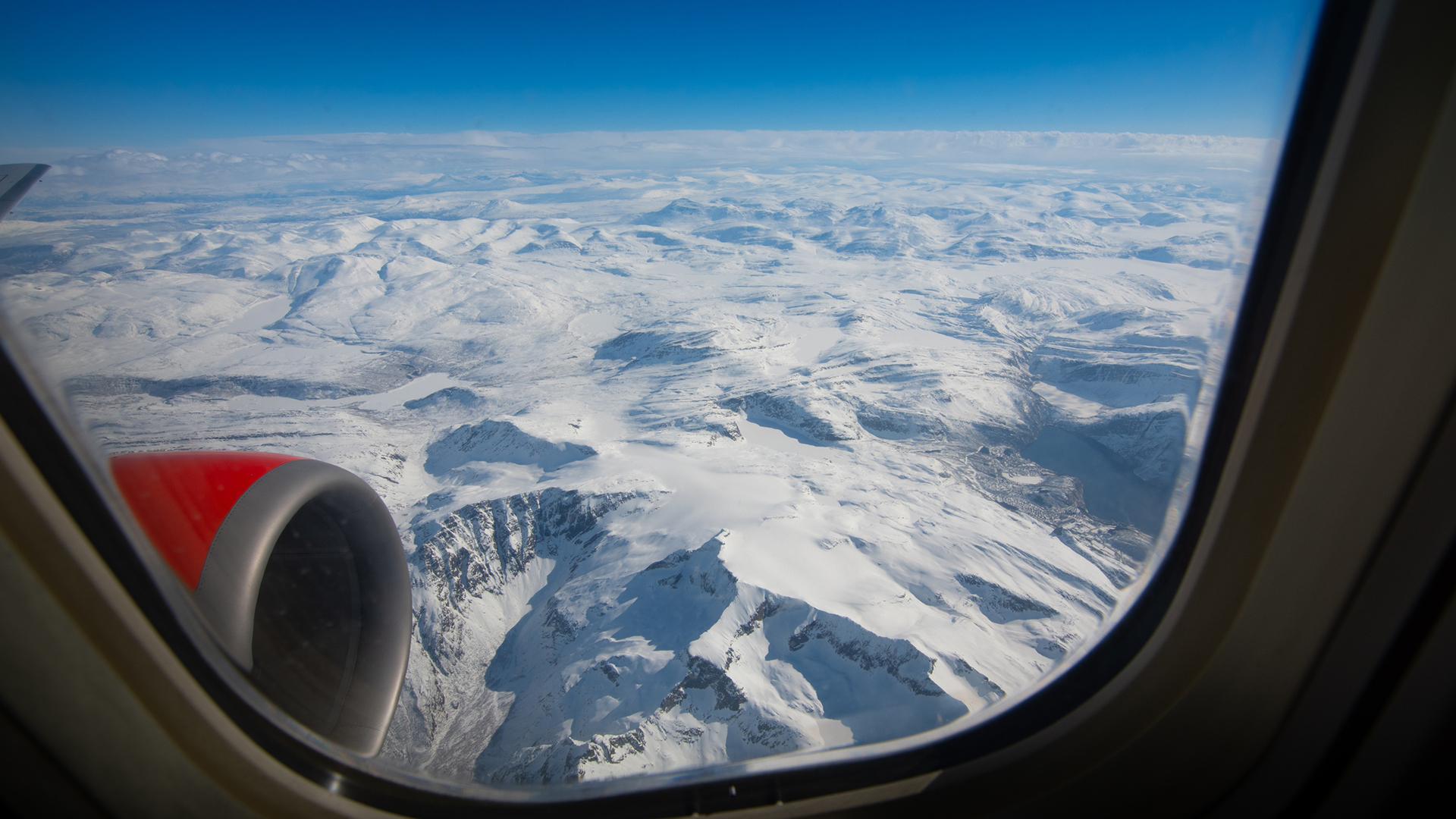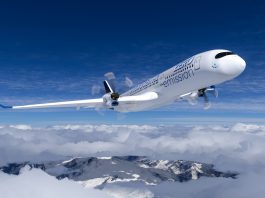Emerging research suggests that greenhouse gas emissions from Norwegian air travel are twice as high as the worldwide average.
Conducted by experts at the Norwegian University of Science and Technology (NTNU), the study, ‘High-resolution modelling of aviation emissions in Norway,’ identified that Norwegian air travel emits roughly double the CO2 emissions than the global average. This is reinforced by data from the International Council on Clean Transportation (ICCT), which demonstrates that the country’s aviation emissions are twice as high as Sweden, France, and Germany.
Helene Muri, a climate researcher at NTNU, said: “Reducing emissions related to aviation in Norway is a priority in view of our net zero emissions goal.”
The aviation industry’s significant contribution to climate change
The UN climate panel reported that in 2018, the transport sector accounted for 15% of total human-made greenhouse gases. The aviation industry made up 2.4% of these emissions; however, as planes emit pollutants high in the air, the impacts are much different from ground-level emissions.
Emissions of substances other than CO2, including NOx and water vapour, accounted for around 60% of climate pollution from air travel, meaning that the climate impact is twice as high as the proportion of CO2 emissions suggests. Moreover, contrails from high-altitude emissions can contribute to ice cloud formation that has a warming effect on the climate.
Why are Norway’s air travel emissions so high?
Norway’s high air travel emissions have commonly been attributed to the country’s complex geography, rich in fjords and mountains that causes Norwegians to use air travel more than other nations. However, the researchers believe the explanation is more complex than this, performing a comprehensive study to uncover the true cause of Norway’s emissions.
Muri explained: “Norway is an interesting case because geographically it is long and narrow, with rugged terrain. We have beautiful natural features with fjords and mountains, but that also makes it difficult to get around.
“People in northern Norway have the same right to travel opportunities as people in other parts of the country, although their transportation choices are far slimmer. But in order to successfully cut emissions, we have to understand where the emissions come from and how they occur.
“The main problem is not in the short-haul flights, but in the routes between the big cities. The greatest emissions are found on routes like Oslo to Trondheim and Oslo to Bergen. Taken together, these two routes account for about 20% of emissions on domestic routes.”

Accurately mapping greenhouse gas emissions
For their investigation, the researchers monitored emissions from all the air travel in Norway during 2019 using a method called Automatic Dependent Surveillance-Broadcast data (ADS-B data). Through employing data sent out automatically and continuously, such as an aircraft’s position, altitude, and speed, the team developed a high-resolution dataset for fuel consumption and greenhouse gas emissions for all Norweigian flight routes. The dataset also included flights in and out of the country.
Muri said: “Our findings show that emissions from air traffic are having a significant impact on Norwegian greenhouse gas emissions. On average, each Norwegian contributes about 580 kg of CO2 through domestic and international flights. This amounts to 7.3% of Norwegians’ CO2 footprint and is more than twice as high as the world average of 2.8%.”
In total, 1.6 megatonnes (1 Mt = 1 million tonnes) of fuel was utilised on flights in Norway in 2019 – 0.3 Mt of this being used on domestic flight routes. This equated to CO2 emissions of 1.0 Mt on domestic routes and 2.07 Mt on international routes. The researchers believe that policy and technological interventions will be key to reducing air travel emissions in the country.
Muri concluded: “We have to look at which solutions fit where. One possibility might be to use trains on the routes that currently generate the highest emissions. Electrification of the routes could be another option. The shorter routes have higher emissions relative to their distance since more fuel is required for take-off and landing.
“We show what the emissions are per passenger on each route and which routes account for the most emissions. The study provides insight into which measures can be effective, where, and what kind of investments in transport infrastructure could have a positive climate effect.
“For example, the Oslo to Bergen and Oslo to Trondheim routes could be relieved by trains. For short flight routes with high emissions, it might be interesting to look at low-carbon alternatives over time, like electrification or hydrogen. In addition to solutions like electric aircraft and hydrogen, sustainably produced biofuel and synthetic fuel will be able to contribute on routes where electric aircraft aren’t suitable.”









